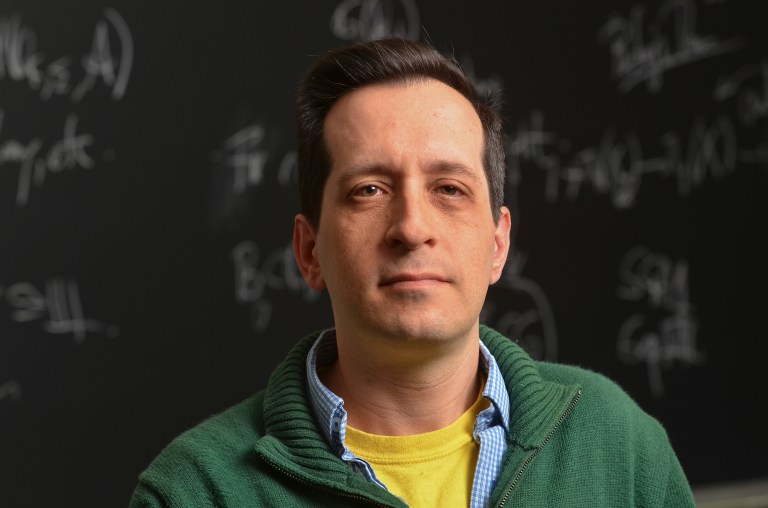MATH 79SI: “Proof Positive: Principles of Mathematics” is a new student-initiated class that introduces students to basic mathematical proof-writing techniques. The one-unit class is designed to serve as a bridge between the MATH 50 series and introductory proof-based math classes.
The class is the first stand-alone course on proof-writing techniques at Stanford. Mason Rogers ’18 is the founder of the course and its instructor this spring quarter. Mathematics professor and undergraduate studies director Brian Conrad has overseen the course’s development as its faculty sponsor.
MATH 79SI meets once a week for 80 minutes, dedicating the majority of time to example proofs and proof-writing activities. The class covers topics such as constructing good definitions and maintaining good proof-writing habits.
Rogers explained that conversations with students who dropped introductory proof-based classes like MATH 51H (now MATH 61) motivated him to approach his major advisor with the idea for the course in his sophomore year.
“I remember one direct quote being, ‘I guess I’m not a theoretical mathematics person,’” said Rogers. “They were people that were bright and capable but didn’t have the background that some people coming to Stanford have at math camps, private schools or elite public schools.”
According to Rogers, problem sets and exams in theoretical math classes require students to write their own proofs early in the course. Rogers explained that he wanted to create a welcoming environment for students who are not as familiar with proofs and proof-writing.
“[MATH 79SI] is focused on developing abilities rather than getting specific skills down for a test,” said Rogers. “There are no exams. It’s all about encouraging students to develop their critical thinking and proof-writing skills.”
Rogers collaborated with Conrad to develop course materials over the past year. Rogers also emphasized that he and Conrad want to not only teach students about proof-writing, but also introduce them to the purpose of theoretical math at the university level.
“We are trying to create examples that highlight the main proof-writing techniques but are also mathematically interesting,” Rogers said. “We want [students] to feel that [they] are proving something meaningful that might be applicable in a field of math.”
The class’ only requirement is completion or concurrent enrollment in MATH 51: “Linear Algebra and Differential Calculus of Several Variables.” Matthew Dardet ’21, who intends to take MATH 51 and Math 79SI concurrently next quarter, said that he participated in high school math competitions, but stopped before he reached the proof-based level of questions.
“I’d always been interested in proofs but never really had experience with them, so it’s the perfect opportunity for a more gentle but also rigorous [introduction to] actually understanding what proofs are,” said Dardet.
Rogers said he has talked to other undergraduate math majors about leading the class after he graduates. He also added that he and Conrad hope to expand the course in future offerings.
“Ultimately, a shared goal [between] Brian Conrad and I is that there is eventually enough interest and support for the class that it can be picked up as a three-unit, professor-taught freshman seminar,” said Rogers.
Contact Sterling Alic at salic ‘at’ stanford.edu.
